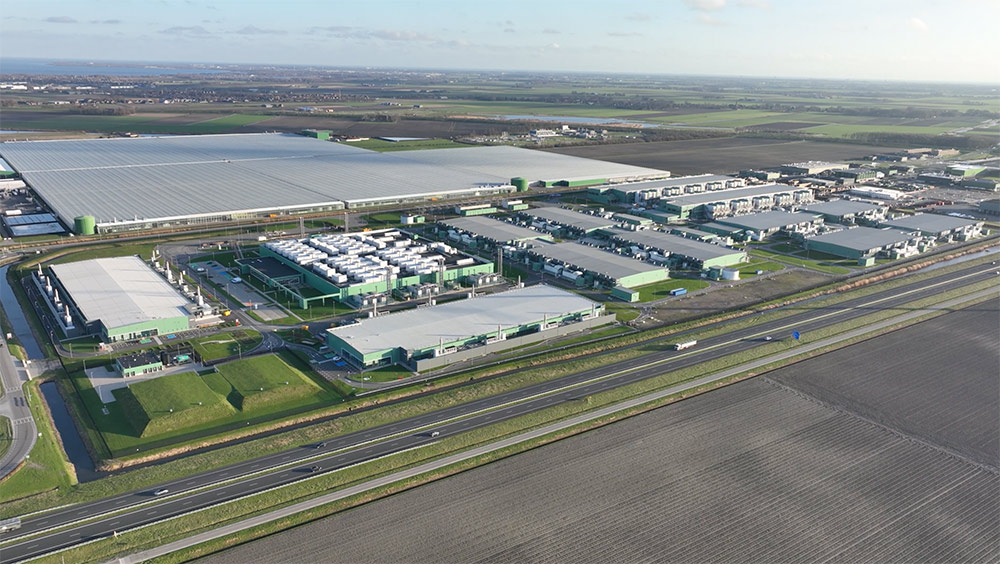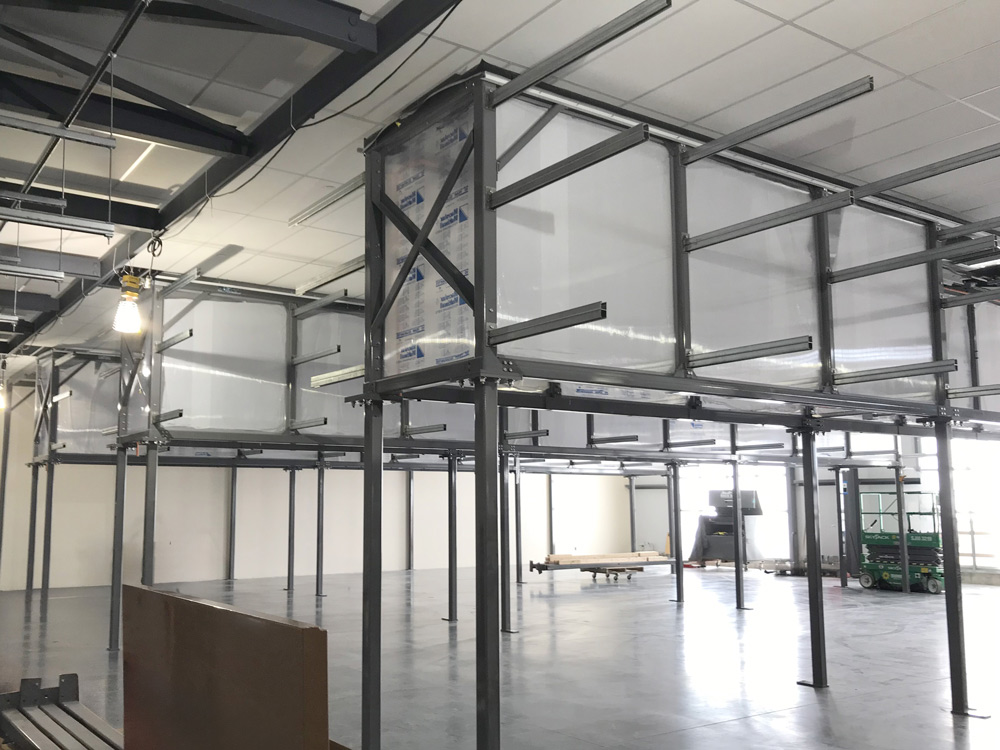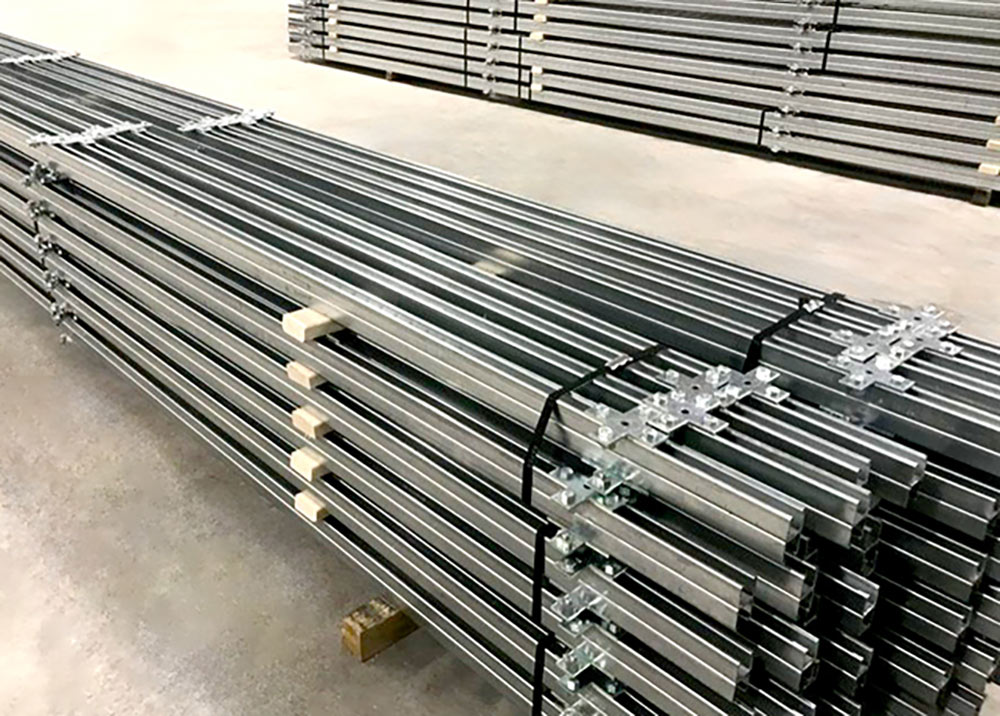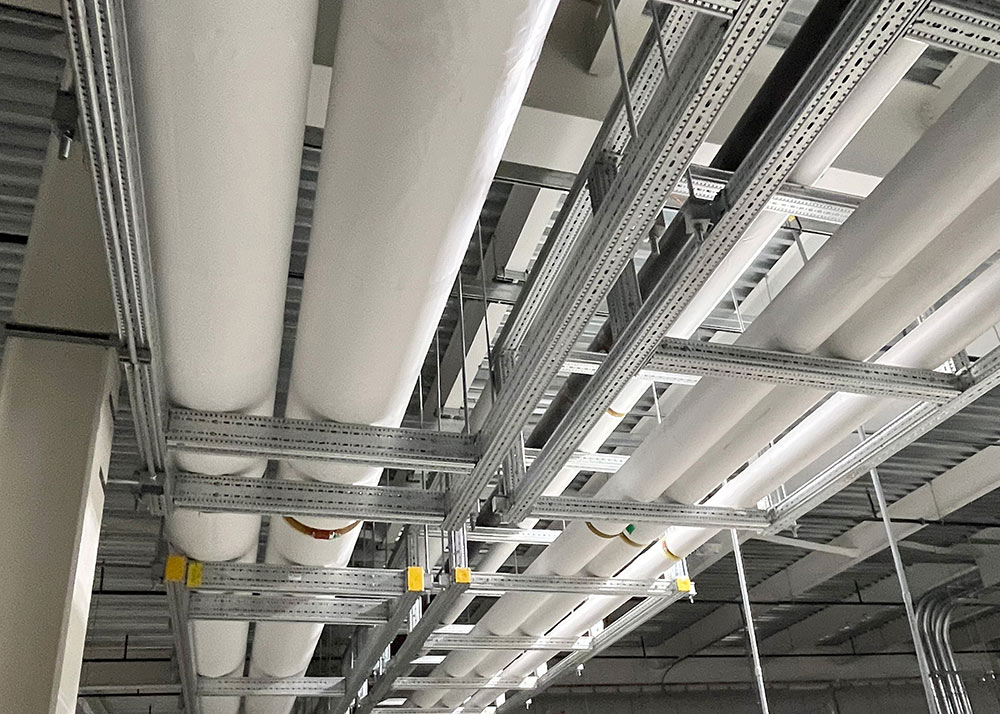Preparing for Data Center Trends in 2024 and Beyond
March 26, 2024
As the technology required to run a business continues to evolve, maintaining an up-to-date data center is a growing concern for business owners. For contractors building and maintaining those data centers, it is critical to identify and understand not just the rising data center industry trends but how to accommodate them as well.

Hyperscale Data Centers
Perhaps the biggest (no pun intended) data center trend we will see this year and in the years to come is the rise of the hyperscale data center. As technologies advance and AI grows in popularity, demands on data centers will only increase. The AI market alone is expected to see a twentyfold increase by 2030, and that growth will demand even more graphics processing units, which require more servers and even more square footage.
Hyperscale data centers can have tens of thousands of servers, as opposed to the few hundred servers a traditional data center may have. With those larger load capacities come new demands for data center size, design, and engineering.
In the past, data centers would require a Unistrut or structural ceiling grid to support MEP services like piping, cable tray, bus duct, or containment systems. These overhead supports can drive up the cost of a build, especially when looking at a hyperscale data center. Supporting these trades from the ground up instead still requires an investment in the structure, but ground mount supports utilize their own structures supported from the concrete instead of the ceiling. The self-supported structures that house these critical path systems allow the overall structure of the building to be built at a lower cost.

Modular support solutions like Unistrut and Sikla can not only handle those large load capacities and ground mount supports, they can handle the short timelines seen in the industry. When every week that a data center is offline costs an organization hundreds of thousands of dollars, speed to market is critical. Unistrut and Sikla data center solutions can be prefabricated offsite and installed onsite in a fraction of the time required to install traditional welded steel structures. And the modular nature of both product lines allows for customization both in the original data center solution design and in adjustments in the future.
Sustainability for Data Centers
Whether it’s a passing trend or an enduring value shift remains to be seen, but no one can deny that sustainability is top of mind in any construction project these days. Things like producing less waste during construction, improving energy efficiency, and reducing water consumption are all priorities for data center construction.
One way to address sustainability is to work with building materials that are inherently designed to reduce waste. Both Unistrut and Sikla support systems are modular and weldless, lending themselves to prefabrication offsite, and form connections with only screws, nuts, and other basic fastening hardware. Both the connection methods and prefabrication ability significantly reduce waste in a build, especially when compared to traditional welded supports.
When working with welded steel, the system is not adjustable if conditions in the field don’t match the BIM model. This often leads to cutting out the incorrect material and rewelding to correct the issues, wasting material and time. The pieces of any Sikla or Unistrut build are reusable and feature the ability to connect at any point on the beam. This eliminates the need for precision cutting, reducing waste when making adjustments or redesigning supports. And by prefabricating a system in a shop, scrap pieces can be saved for future use instead of thrown away on a job site.

Additionally, prefabrication with Unistrut and Sikla allows the construction team to coordinate with trades before the build has even begun. Pre-construction coordination among teams can help reduce material since some support structures can support more than one trade. For example, it may be found that the ceiling grid intended to support lights can also support electrical lines. By planning for that dual purpose prior to the build, it eliminates the need for the electricians to install their own supports, ultimately saving time and material.
Liquid Cooling in Data Centers
At the intersection of the two above trends is a third data center industry trend showing up in the market today: liquid cooling. Both a more sustainable and more effective form of server cooling, liquid cooling systems can handle the larger workloads of hyperscale data centers more efficiently than traditional air cooling methods. Because water is able to absorb and transfer heat more efficiently than air, liquid cooling systems can keep components cooler at higher loads while reducing the cost and environmental impact of a data center.
While there are multiple types of liquid cooling, all require moving huge amounts of water through large pipes around a data center. Creating the support structure for this system is very different from traditional data center builds like hot aisle containment. Pipe racks for liquid cooling systems need to be able to support the massive weight of large pipes filled with water without interfering with the design of that data center.
Sikla pipe racks are an ideal solution for supporting liquid cooling systems in data centers. Sikla’s strength can accommodate piping up to 20 inches in diameter, and Sikla’s ability for prefabrication works well with the accelerated timelines seen in data center builds. The bolted system allows for quick modifications and endless design flexibility, making design and installation easy.

Unistrut and Sikla’s modular systems combined with Unistrut Midwest’s industry experience can handle any data center trend now and into the future. If you’re working on modernizing an existing data center or building a brand new facility, work with our team to understand your options.

